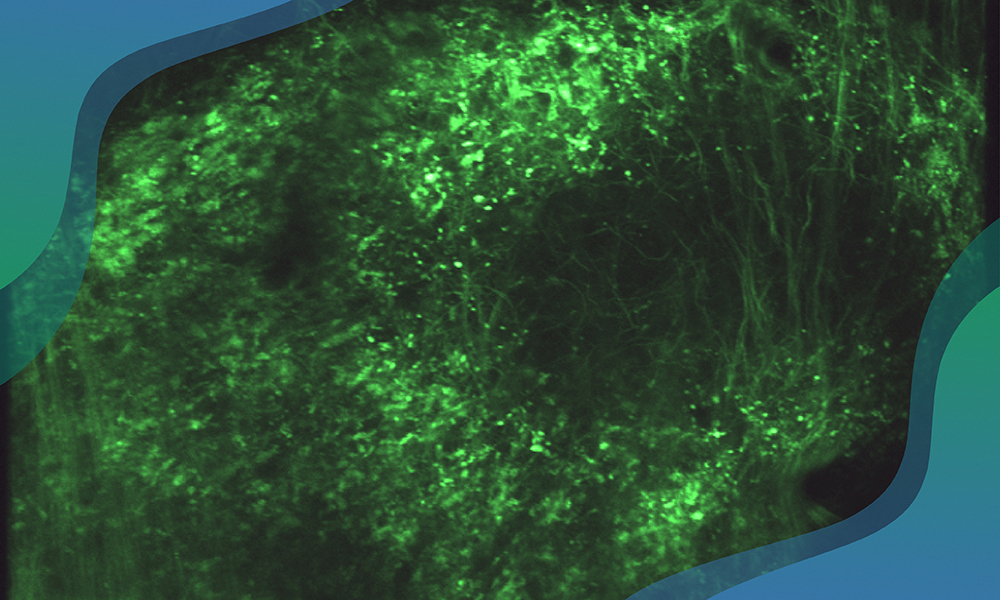New research from the Rompani and Asari groups at EMBL Rome suggests that the pupil does more than just respond to light and internal states - it may actively shape our vision.

By Tjasa Lapanja and Santiago Rompani
The pupil is known to serve as a gateway to the visual system, adjusting the amount of light that reaches the retina. Now, a study from EMBL Rome's Rompani and Asari groups has provided new insights into how its size can actively shape our vision.
Changes in pupil size have been studied for over a century. The pupil is known to constrict in the presence of bright light and dilate in darkness. Furthermore, pupil size also reflects internal states such as emotions, arousal, and cognitive load. This correlation between pupil size and internal state is widely used across fields ranging from neuroscience and medicine to marketing, as a non-invasive tool to assess arousal, attention, and consumer preferences.
Despite the large number of studies focusing on the factors that influence pupil size, we know surprisingly little about why constriction and dilation occur in the first place. In other words: how do changes in pupil size affect vision?
A long-standing theory suggests that the pupil protects photoreceptors (light-sensing molecules in the retina) from overly bright light. However, this has been largely disproven. Under normal daylight conditions, light does not damage photoreceptors, and in extreme brightness, the pupil can't offer enough protection anyway. The other two widely accepted roles of the pupil offer only a minor improvement to vision: dilation in darkness allows more light to reach the retina, while a smaller pupil in bright conditions focuses the light through the central part of the lens, improving image sharpness. However, if these were the pupil's primary functions, one would expect it to remain small and stable in daylight, while in reality, pupil size fluctuates constantly.
The current assumption is that fluctuations in pupil size are used to normalise photoreceptor activity to changes in light levels, but have no effect on visual processing. Thus, while pupil size can be a useful diagnostic tool to reveal our internal states, it's currently believed to not do much on its own.
Researchers in the Rompani and Asari groups at EMBL Rome set out to challenge this assumption and ask whether pupil constriction could directly affect how we perceive our environment. They hypothesised that since the pupil works as a shutter - limiting the amount of incoming light - a sudden pupil constriction would make the entire visual scene appear darker.
To show that the visual system is able to detect and process these small changes in luminance (light intensity), they first measured neural activity in response to pupil constriction in mice. Surprisingly, the majority of retinal ganglion axons - nerve fibres which pass information from the eye to the brain - responded to pupil constriction. A similar effect was also detected in the visual cortex - the part of the brain processing visual information - showing that the signal is preserved on its way through the brain. This finding suggests that the brain detects and processes information about pupil size. But does it actually affect how we see the world?
To answer this, the researchers asked human participants to view an image on a screen and report how bright it appeared to them. Remarkably, participants perceived the image as darker when their pupils constricted following an increase in luminosity. This suggests that the brain detects changes in pupil size to shape our perception of the environment.
The researchers hypothesise that the pupil may play a role in the phenomenon known as binocular summation - the brain's ability to detect low luminance and contrast more effectively when using both eyes rather than one. The mechanism behind this is still unclear, but models suggest it occurs at the earliest point of binocular vision.
Because the nerve cells controlling pupil size in each eye are connected to each other, pupils constrict more during binocular stimulation, i.e. when light falls on both eyes at once. As a result, neural responses to pupil constriction are also stronger during binocular stimulation than during monocular stimulation (i.e. when only one eye is exposed to light). This makes the pupil the first component in the visual pathway capable of integrating information from both eyes, and suggests an active role of the pupil in facilitating binocular summation and improving visual sensitivity.
"This study highlights how much we still have to learn about the brain," said Santiago Rompani. "The visual system is one of the most thoroughly studied and best-understood parts of the nervous system, yet it continues to surprise us. Far from being a passive responder to light or a mere indicator of mental state, the pupil may actually shape how we see the world, integrating binocular input and influencing activity across the entire visual pathway."






